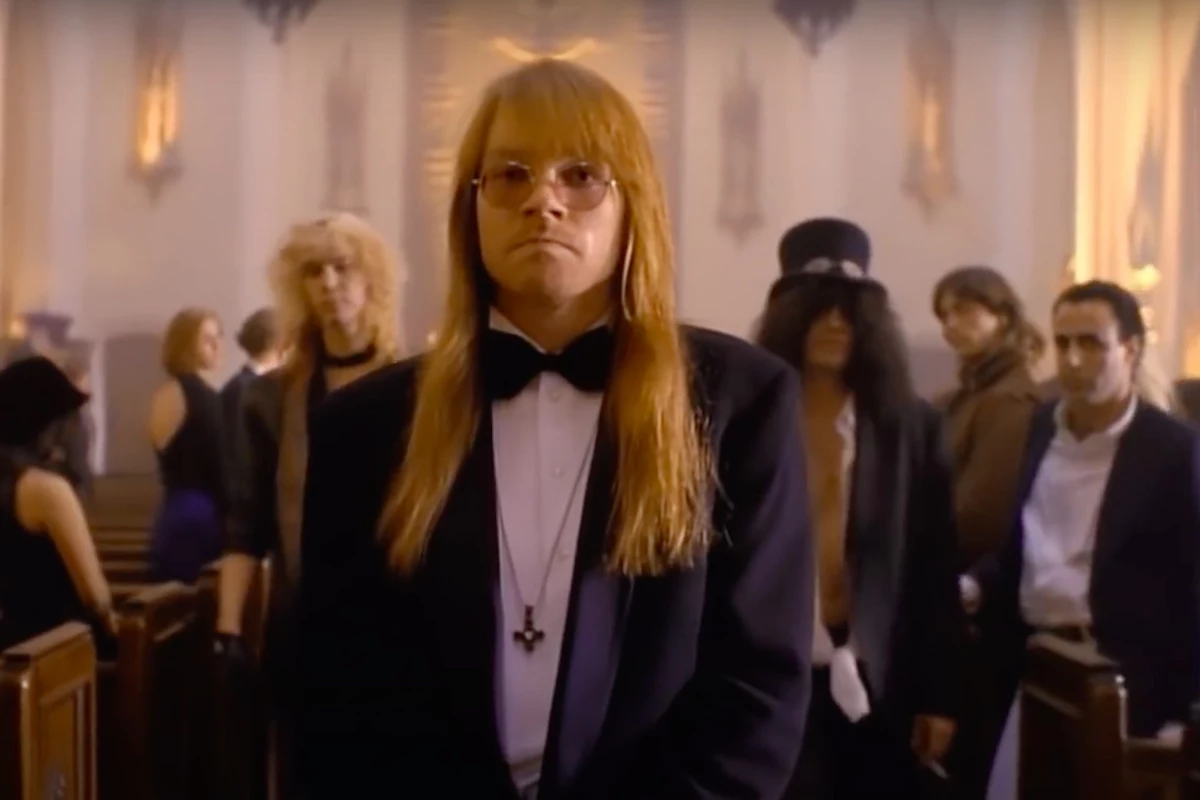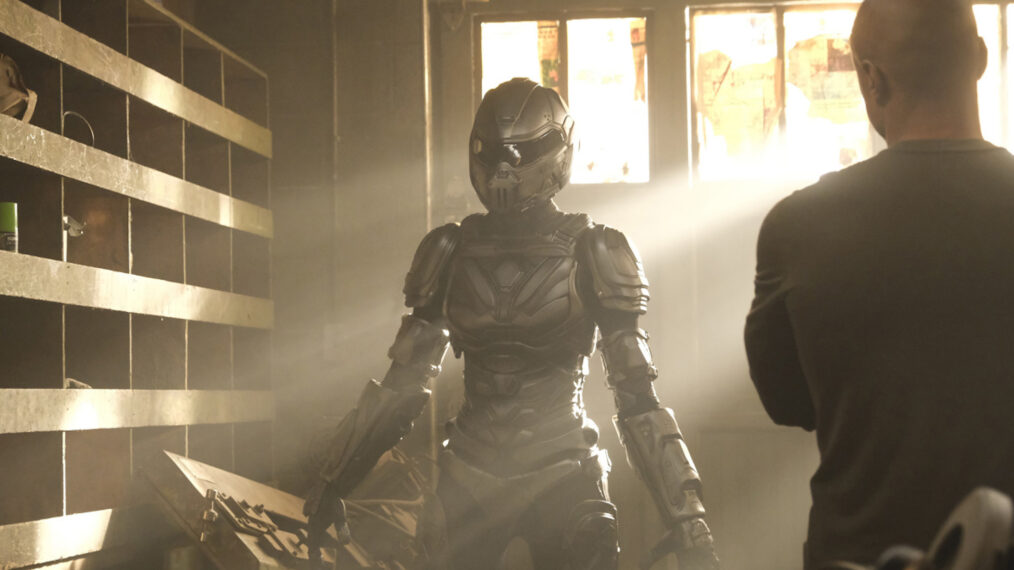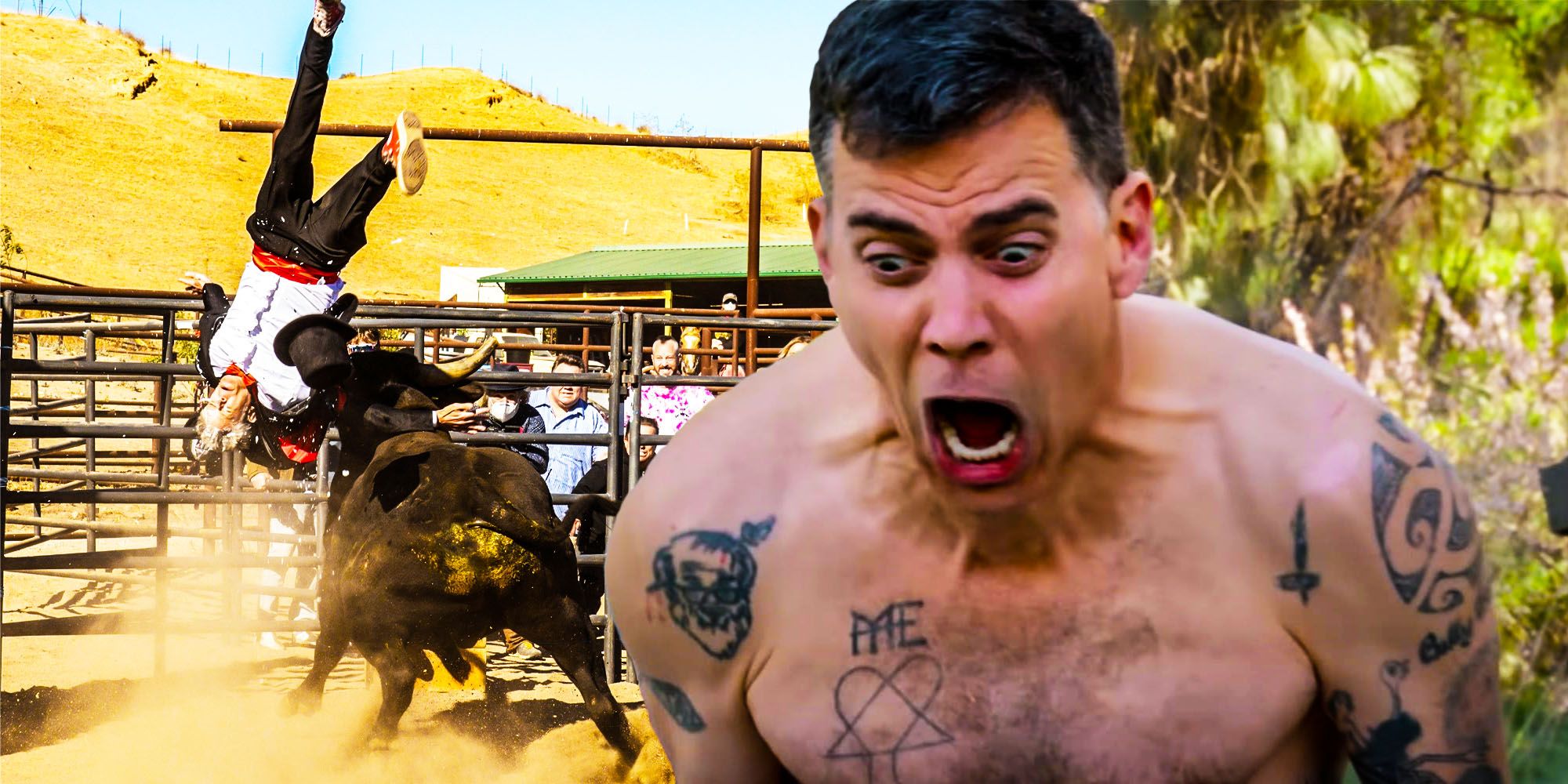
Tonka the Chimp is his incredible home in Missouri
PETA (People for the Ethical Treatment of Animals) has a long track record of exploiting the plight of animals to elicit empathy, donors, and attention in its long-standing fight to supposedly rescue animals from abandonment, abuse, and neglect.
The organization wants you to believe it is focused on the care and wellbeing of animals, especially endangered species that many people see as icons of the animal kingdom. That intention is nothing more than a façade to gain your interest, money, and support. In reality, PETA exploits a manipulated reality of such animals in a plight to raise money, flex its legal arms and infringe on the rights of everyday people.
The most recent example of this manipulative scheme is Tonka the chimp.
Tonka has been classified as “dead” for the last year. That is what his caretaker wanted the courts and PETA to believe.
TRENDING: BREAKING EXCLUSIVE: SDNY Political Witch Hunt Against ‘We Build the Wall’ Ends in Hung Jury
In reality, Tonka was not dead. His owner, Tonia Haddix, hid him after losing a prolonged, often bloody, court battle over custody of him and six other chimpanzees.
The chimps in question were originally owned by a woman named Connie Casey, who began raising them in the 1970s in Festus, Missouri. She was the founder of the now-defunct Missouri Primate Foundation, an organization that is a casualty of PETA’s actions.
Casey spent 50 years breeding, raising, and training chimps for movies and television. She constructed a monumental enclosure for them on her property, connected to her private home. That home was dwarfed by the very magnitude of the chimp’s enclosure.
PETA alleged that the enclosure, which exceeds that of many current zoos, was inadequate and that they were violating the federal Endangered Species Act.
In 2016 PETA filed a “citizens suit,” seeking to remove the chimps from Casey’s care.
The suit alleged that the sixteen chimps under Casey’s care at the time were in substandard conditions, with an improper enclosure, which was a violation of the Endangered Species Act. As one can see in the videos provided, nothing could be further from the truth.
According to the guidelines for housing as provided by the United States Department of Agriculture (USDA), the housing for chimpanzees requires a minimum of 84 square feet of floor space and a 20-foot tall enclosure per animal. According to their guidelines, a group of 7 chimpanzees would need 254 square feet of room within a 20-foot tall space.
At the Missouri Primate Foundation, the outdoor enclosure encompassed a multi-thousand-square-foot area with a height varying between 30 and 40 feet tall. The enclosure exceeded that of many accredited zoos and sanctuaries across the nation.

The standard enclosure, most often used by such organizations, is called a Primadome. The average dome is roughly 900 square feet and ranges between 12 and 22 feet tall. This standard enclosure is much smaller than what Casey and Haddix provided for the chimps at their facility in Missouri.

However, after a nearly two-year court battle, PETA was able to win its case. You might ask how? They harkened back to the former days when Casey would raise and train the chimps for exhibition and performance, claiming it was abuse and exploitation of the animals. Albeit, that practice had long ceased at the facility, which was now under the leadership of Haddix.
Realizing that it was all too much, Casey signed custody over the animals to their trusted caretaker, Tonia Haddix, in 2018.
Under Haddix, the chimps were simply able to live out their lives with the high level of human contact they had been raised to expect, which is crucial to their emotional and psychological wellbeing. Primates who have been raised in close contact with human caregivers develop a powerful bond with their caretakers. It is that relationships and interaction that provides a sense of safety and security for the animals. When that proximity is severed, and the bond is broken, often primates suffer immense grief and physical decline, much like the grief of losing a mate.
No matter that truth, something experts in primatology often highlight, PETA pursued removing the animals from Casey and Haddix.
Before PETA’s initial removal of the animals, one chimp passed away, and two others were removed by their owners. Initially, six chimpanzees were removed by PETA from the Missouri Primate Foundation and transferred to the Center For Great Apes in Florida.
But, the story was far from over at this point. PETA continued to pursue the remaining chimps in Haddix’s care, seven chimps who had been with Casey and Haddix for many years. Those seven included Tonka.
Tonka became a centerpiece of the second half of this long, drawn-out story. He had been a chimp who was featured in Hollywood in films such as Buddy with Alan Cummings and George of The Jungle with Brendan Fraser. He had become a sort of trophy animal for PETA, as they claimed they needed to offer him a peaceful retirement from years of “abuse” and “exploitation.”
However, it had been decades since Tonka was utilized for entertainment. The only entertainment he provided was with his fellow chimps and his caregivers in Missouri. He had already found his peaceful retirement in a world-class facility that few can match.
After another multi-year battle, Haddix ultimately lost all custody of her chimps to the extreme animal rights organization.
While PETA initially had no complaints about Haddix, they still wanted the chimps.
The court knew adding Haddix to the lawsuit would be a long and messy endeavor, so the judge urged them to negotiate.
Haddix agreed to give up four of the chimps, and she would keep the other three she believed would have the most challenging time integrating with new chimps.
There are many horror stories of apes that have been raised by humans being beaten to death when introduced to new troops.
She specifically negotiated to keep two girls, which one of the world’s preeminent primate experts, Emily Sue Savage-Rumbaugh, said in a lengthy affidavit to the court, were at risk of being raped and killed at a sanctuary.
Tonia also fought to retain Tonka because of his declining health and docile nature. She knew this would make him a target for stronger chimps or troops, putting him in danger.
Tonka had congestive heart failure and had suffered a stroke. His veterinarian, that was treating him for years, had recommended euthanization. Haddix refused and began a strict medical regime.
Further evidencing PETA’s lack of concern about the level of care Haddix could provide, they agreed to this proposal with the stipulation that she completed a new enclosure, including a night house and Primadome, for them in eight months.
She demanded that none of the chimps go to a sanctuary called Save the Chimps, as they had recently isolated a female chimp that was human raised until she went on a hunger strike in despair and died. Multiple whistleblowers have since come forward about abuse and lack of proper medical care at the facility. In fact, their entire veterinary team had quit over it.
According to a report by TCPalm, the USDA cited the sanctuary for inadequate care. They have cited Save the Chimps for 12 violations of the Animal Welfare Act over the last five years. Three were critical violations related to improper medical care.
In September 2020, PETA agreed to Haddix’s terms.
Haddix was representing herself at the time. Unable to find an affordable lawyer willing to take on PETA, Haddix asked for a continuance so that she could keep searching. During this hearing, the judge repeatedly urged her to get a lawyer, something she had been trying to accomplish.
Approximately eighty-five attorneys refused to take on PETA and represent Haddix. PETA’s immense funding and access to legal representation have made them a near-impossible force in the courtroom.
Due to the impact of the COVID-19 pandemic, a lack of construction supplies, proper labor, and delays in shipping of materials, Haddix was unable to complete all of the required construction in the timeframe required.
The court ultimately ordered all of the chimps to be taken by PETA.
In a desperate move to protect Tonka from being ripped away from the life he knows, Haddix decided to fake his death. She would tell the veterinarian that he had passed away. She intended to allow Tonka to live out his few remaining years in the most comfortable and familiar environment possible.
She removed Tonka before PETA’s arrival to take the other six chimpanzees. PETA had a court order issued during the removal that barred anyone from taking photos or videos of the process. This was an apparent attempt to keep the public from experiencing the trauma and often horrific sedating, caging, and transporting of the giant primates.
Haddix then moved Tonka to a friend’s sanctuary to keep him safely out of the reach of PETA. He would remain in a large indoor/outdoor enclosure until the winter with a few female chimps and did very well during this time.
Once the weather began to turn cold for the winter, Haddix picked him up. She brought him to her home, where they converted a majority to a chimp-proof enclosure while working on an adequate outdoor enclosure.
Tonka loves music and cartoons, so they provided a couch and 60″ television where he could watch CMT and the shows he enjoyed. He was previously overweight but was getting in better shape with the diet she provided in hopes that it would help his heart problems.
In January 2022, PETA filed a motion with the court demanding Haddix be held in contempt without proof of Tonka’s death or handing him over.
A typo on Tonka’s cremation claim would send the whole plan into disarray. The notice stated that Tonka had been cremated 180 degrees throughout, a mistake that should have read 1,800 degrees.
Jared Goodman, PETA’s lawyer, seized on the seemingly-innocuous typo. The lawyer went to the media to claim that Tonka was alive, but he did not have any proof.
The organization offered a $10,000 reward for information on the chimp’s whereabouts in April, 2022. Alan Cumming, who had worked with Tonka roughly 25 years ago on the film Buddy added what little was left of his star power and an additional $10,000 to the reward.
Ultimately, the betrayal of a documentary film crew upended the saga.
Haddix had been filming the ordeal with a documentary film crew, claiming they wanted to expose PETA. The filmmaker, Dwayne Cunningham, had repeatedly been in legal trouble for animal trafficking. Haddix felt he might be the right person to tell the story, and he might have good reason to do so.
Haddix again spoke to a veterinarian about Tonka’s health in late May. He advised her that euthanasia might be the best option. In a phone call that would unravel everything, Haddix discussed the issue with Cunningham.
That phone call was recorded and sent to PETA.
PETA attained a court order giving them permission to seize Tonka and remove him from Haddix care.
Their manipulation tactics showed up in plain view in their press release about finding Tonka alive and their plans to remove him, or as they said, “rescue” him.
The group used a cropped and manipulated photo to say that he was being kept in a small cage nailed to a basement floor. The photo deceptively only shows a very narrow portion of the actual scene.

In reality, it was an entire basement dedicated to Tonka, hundreds of square feet, exceeding USDA requirements. And the area closed off was simply used to isolate Tonka when the remaining space needed to be cleaned.

This week, under the same violation of first amendment rights, Haddix’s home was invaded by US Marshals, videotaping and pictures were prohibited in her private home, and PETA came to seize Tonka.
Sunday morning, PETA arrived. The order said they would have a veterinarian go to the property to evaluate if he was healthy enough to travel. After the exam, they would have seven days to arrange his move to the Center For Great Apes, as agreed in September 2020 for all of the Missouri chimps.
PETA had no intention of not taking him that day. A motorcade of vehicles arrived filled with representatives from the organization, veterinarians, and a trailer to haul Tonka away.
The veterinarian and “primate expert” could not figure out how to tranquilize the increasingly frightened chimp. Tonka thrashed around, banging on walls and attempting to escape.
His heart, remember, is not in great shape. Every time a primate is sedated, it is a risk, but veterinarians warned that it is even more severe with a heart condition. PETA did not care about this risk. They wanted their big game trophy.
Tonka was eventually tranquilized. They moved him to a table in her yard to begin the exam, then promptly loaded him for transport. However, none of the PETA representatives would confirm his destination.
PETA brought Tonka to Save the Chimps, the one where Haddix had been terrified of the chimps ending up.
Here’s where the real exposure of PETA’s absenteeism becomes most apparent. This is the “pump and dump” scheme they utilize in almost every case of “rescue.”
PETA will use the stories of the animals and ensuing legal battle to gain the media’s attention and raise hundreds of thousands of dollars, if not millions of dollars, for their mission. Then, when the battle is over, they move the animals to a sanctuary and walk away. PETA does not provide any additional or ongoing funding to support the animals they claim to rescue.
Just days later, this is already the case for Tonka’s “rescue.” He could not go to the Center for Great Apes because they did not have the space or the funds to care for him properly. So, as previously stated, he has been placed at Save The Chimps.
Within only a day, the sanctuary has already begun asking for donations and funding to help cover the immense cost burden of caring for a chimpanzee, much less one that comes with such specialized medical needs.
In a post on Facebook on June 7, the organization said, “We need your help now more than ever. Please consider donating to Save the Chimps.”

Why would an organization that readily accepts a rehomed primate like Tonka needs to seek funding right away?
It costs roughly $35,000 a year to just feed and house a chimpanzee, not to mention the costs of veterinary care, which can range from a few thousand dollars upwards to hundreds of thousands in the case of a sick or disabled animal. Plus, an approved enclosure, such as the primadome, can cost about $150,000.
Even if Tonka only lived a handful of years with his health concerns, it will likely cost the organization more than $350,000 to provide care and housing for him.
And, you guessed it, PETA does not contribute a single dollar to the continued care of the animals they rescue. They simply remove the animal, pump up the story and narrative of their dramatic “rescue,” and then dump the animal on other organizations to care for throughout the remainder of their lives. This is their infamous “pump and dump” scheme.
For the other young, healthy chimps, like those who have gone to sanctuaries like the Center for Great Apes from Haddix, the cost can easily reach millions of dollars — leaving these organizations to continually raise funds, again and again, to provide proper care or risk becoming the next target of PETA’s deceptive and manipulative schemes.
What’s worse, as, in the case of the Missouri Primate Foundation, PETA often returns after the “rescue” and continues to sue the parties involved citing recovery of legal expenses, imposed fines for violations, and more.
After raising millions, over $72 million in 2021, PETA provides no funding support for the animals they “rescue.” More disturbing, according to whistleblowers, PETA has an average “kill rate” of 71% annually, euthanizing the majority of the animals they rescue.
So, where does all of that funding go? According to their published financials, more than 82% goes to program costs, and 16% goes to membership programs where they solicit you for donations. The remaining 1% goes to management and administrative costs.
Their program costs are details for items such as “grassroots campaigns”, “outreach and education”, “research, investigations and rescue”, and “merchandise.” However, none of their allocations go to the efforts of ongoing care for the animals they rescue, leaving the organizations they dump the animals into strapped for cash.
PETA has become the master manipulator. They draw you into the emotional journey of rescuing animals and, in many cases, animals like Tonka, who need no rescue. They solicit you, dip into your pockets, and use the money for complex media campaigns, legal battles, and securing the trophy of the hunt, a famed animal like Tonka.
As one of the Us Marshals handling the seizure of Tonka told Haddix this week, “they will likely euthanize him,” PETA lies, and animals die.






















































![‘South Park: The Streaming Wars’ Ending — [Spoiler] Returns In Special ‘South Park: The Streaming Wars’ Ending — [Spoiler] Returns In Special](https://tvline.com/wp-content/uploads/2022/06/south-park-streaming-wars-recap.jpg?w=620)



